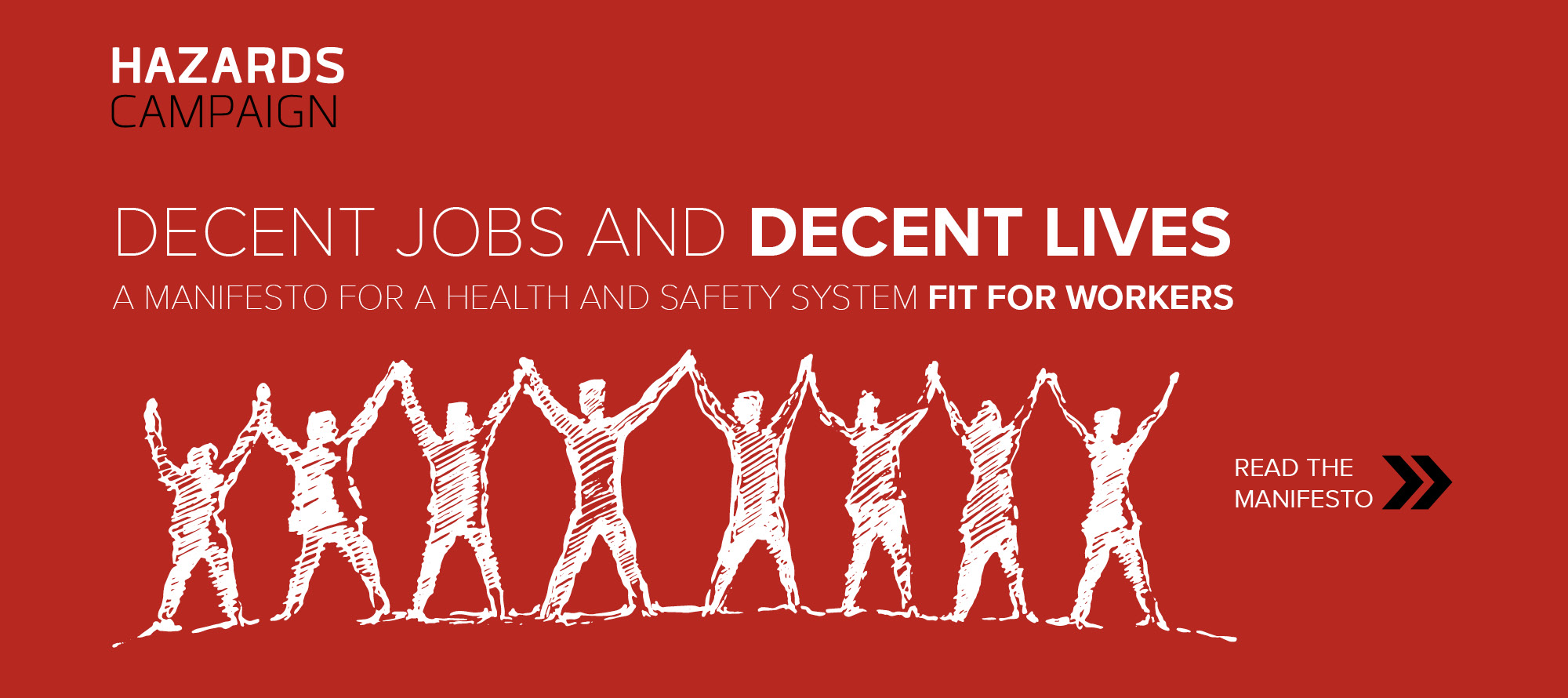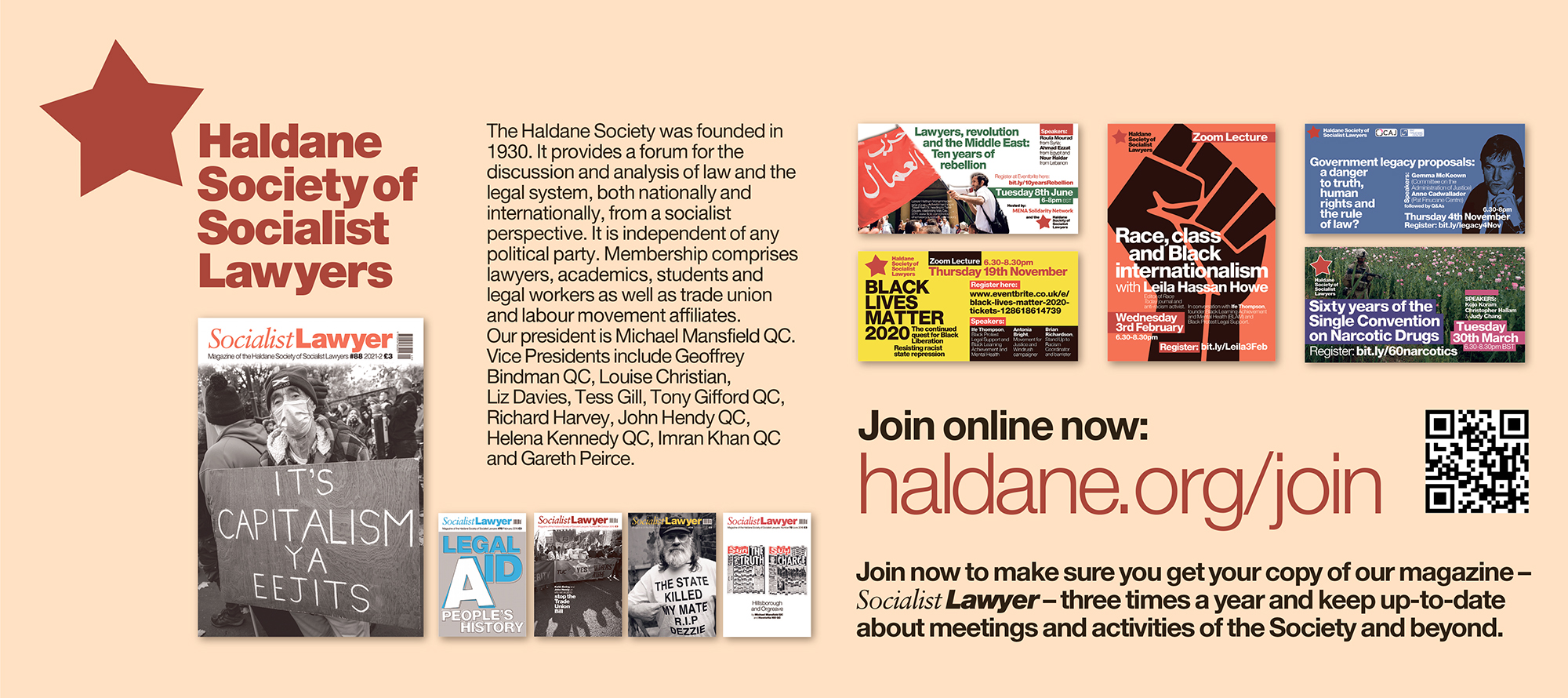The Löfstedt review of health and safety: a critical evaluation
12 March 2012 In this Briefing from IER, three leading health and safety experts provide a critical evaluation of Professor Lofstedt's Report -Reclaiming health and safety for all: An independent review of health and safety legislation.
12 March 2012
In this Briefing from IER, three leading health and safety experts provide a critical evaluation of Professor Lofstedt’s Report –Reclaiming health and safety for all: An independent review of health and safety legislation.
In March 2011, announcing the establishment of a further review of health and
safety legislation, Employment Minister Chris Grayling stated:
‘Professor Löfstedt’s review will play a vital part in putting common sense
back at the heart of Britain’s health and safety system and I look forward
to receiving his findings. By rooting out needless bureaucracy we can
encourage businesses to prosper and boost our economy.’
Reclaiming health and safety for all: An independent review of health and safety
legislation (hereinafter referred to as the Report), produced by Lofstedt’s review
of health and safety legislationii was published in November 2011. In many
respects, its conclusions and recommendations might be viewed with a sense of
relief. The government statement had implied a thoroughgoing undermining of
health and safety law as a bureaucratic brake on business activity. But the
Report suggests no such thing. In fact, it largely endorses the current regulatory
framework for health and safety and consequently does not appear to represent
an explicit attempt to weaken its foundations.
Looked at more broadly, however, the Report can be seen to form an intimate
part of a coalition government agenda aimed at undermining, rather than
enhancing, regulatory protection in the name of employer interests – rendering
somewhat ironic the Report’s claim to be ‘Reclaiming health and safety for all’.
Indeed, this much has been acknowledged by Lofstedt himself, who has since
expressed concern about the extent to which his Report is being ‘misused’ for
political purposes. Lofstedt has emphasised that his Report did not call for
significant changes to regulatory policy, or recognise the ‘compensation culture’
that government ministers regularly condemniii, and which successive
governments have used as a wedge with which to undermine protective law.
In this Briefing Note these somewhat contradictory opening observations are
supported, first, by considering in turn the origins, terms of reference and
conduct of Lofstedt’s review and then, second, the main conclusions of the
Report. We then focus upon the review’s curious use of the existing evidence
base and discuss how its use of that evidence underpins two key problematic
aspects of the Report: the focus on ‘low-risk’ workplaces, and the absence of any
consideration of enforcement.
We conclude by placing the work and conclusions of the review into a broader policy context. It is this broader policy context, we argue, that is crucial to understanding the potential impacts of the review in terms of further degrading the system of occupational health and safety protection and thus increasing the risks of death, injury and illness in the workplace.





